Distance ardente – Group Show
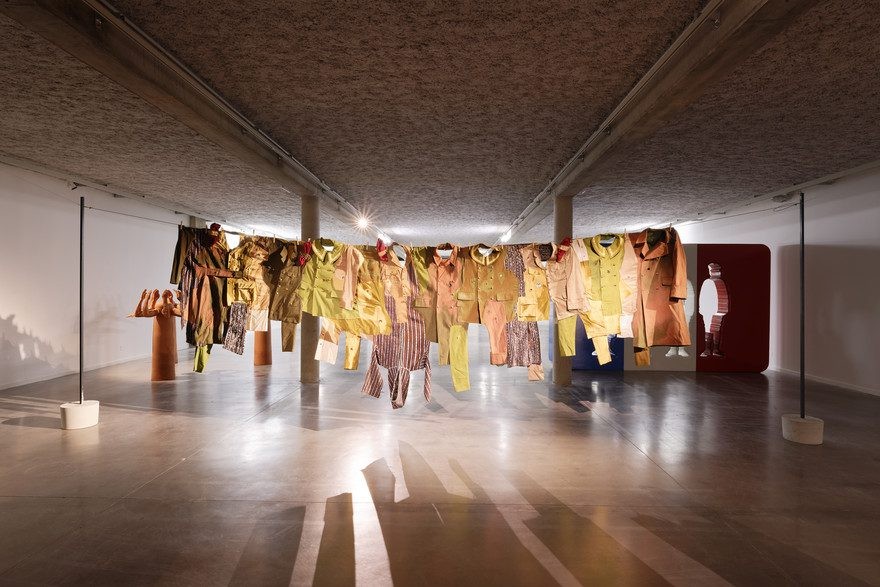
Distance ardente – Group Show
10 November 2020
On 3 July 2018 in Lagos, Nigeria, French President Emmanuel Macron discussed the framework for a renewed partnership with the African continent where “a part of our common future is at stake.” To successfully write this new page of history, we must first be aware of a painful past and a current starting point that both alienate and attract. The 11 artists in the Distance ardente [Ardent distance] exhibition invite us to take a closer look at the ties that govern the relationship between the two continents. The exhibition is presented as a path that renders visible the steps needed to understand certain afflictions, and that evokes the remedies required to create a common future. In this context, Distance ardente invites all audiences to reflect upon and celebrate what enriches us: diversity. In its way, the title of the exhibition calls for a “measuring of the distance” that separates France and the people of the African continent. In French literature and poetry, the term ardent refers to the blazing passion that consumes lovers, while in other popular expressions it testifies to the impatience, and sometimes even the violence, that dictates certain situations. Several artists being presented in this exhibition are interested in the notion of “invisible bodies”. Mustapha Akrim has developed an installation on the work of manual labourers and their relationship with collective history. Conscious of Moroccan social realities, he seeks to create “construction sites” that explore issues such as memory through the use of his favourite material: concrete. By crumpling clothes into a ball or forming them into a linear expression, the artist Mohamed Arejdal uses military uniforms in a vital installation to highlight a shared history that links the African continent and France. The artist Diadji Diop examines links between past and present in works that tend to reactivate the memory of the soldiers in the former colonies. As a result, figures with realistic forms will challenge temporal and material borders by crossing walls and floors. His work is a call to dialogue and sharing that transcends skin colour. Far from the reductive discourse that dominates politics, geographers explore the broad variations of migrants’ journeys. Whether by land, sea, or narrative, the routes of exile have demarcated our common history within a reality far removed from bucolic images of desert sands or blue waters of the Mediterranean Sea. Through a sculpture made of brass threads that unfold in space, Zainab Andalibe questions notions of geography, movement, displacement, comings and goings, trajectories, and searching. Khalil Nemmaoui works around the phenomenon of transhumance, which is the natural ancestor of what today we call immigration. Humans, seeking to survive or conquer, have always moved around, just like other living creatures. At the Mrac Occitanie, Fatiha Zemmouri has reproduced a “piece” of the desert in the form of immaculate sand dunes that represent the order and perfection of a space that resists the grip of modernity, where the wind continually erases the traces and trajectories of civilizations. Finally, Hassan Bourkia immerses the visitor in a dense and saturated space where he pays homage to the different populations that lived in the Rivesaltes internment camp near Perpignan, France, between 1938 and 1970. The final theme of the exhibition celebrates what we share and what we hold sacred today, the “diversity” that is the fruit of our mutual attraction. The grand paintings of Mariam Abouzid Souali are an opportunity to observe and recognize a common history. Far from the stereotypes about different cultures that are manufactured by social networks, the artist wishes to downplay the relevance of our own era because it has been profoundly altered by changes that are a source of individual and collective anguish. Multidisciplinary artist Hicham Ayouch presents a new film entitled Peau Aime [Skin Love]. It is an introspective quest, a journey into his past and into his personal neuroses about skin colour and body shapes as identity markers that both define and entrap. According to Simohammed Fettaka, the individual visual experience should lead us to revisit “our sense of ourselves”. To this end, he appropriates and diverts sacred images, symbols, objects, and situations from Moroccan culture. He thus seeks to question political aesthetics and how reality is constructed around iconic images. Finally, Moataz Nasr takes an elegant and poetic approach to establish himself as a subtle observer of the transformations affecting the contemporary world, and his numerous references to traditional culture underscore the need to share and recognise a common history. The Distance ardente exhibition is accompanied by a festive cultural programme (music, poetry, films, and wines from North Africa) that invites all visitors – Africans, tourists, and French – to remember the past in order to better know each other and to create new links that are free of historical stigmas. Curator: Hicham Daoudi mrac.laregion.fr
View more from
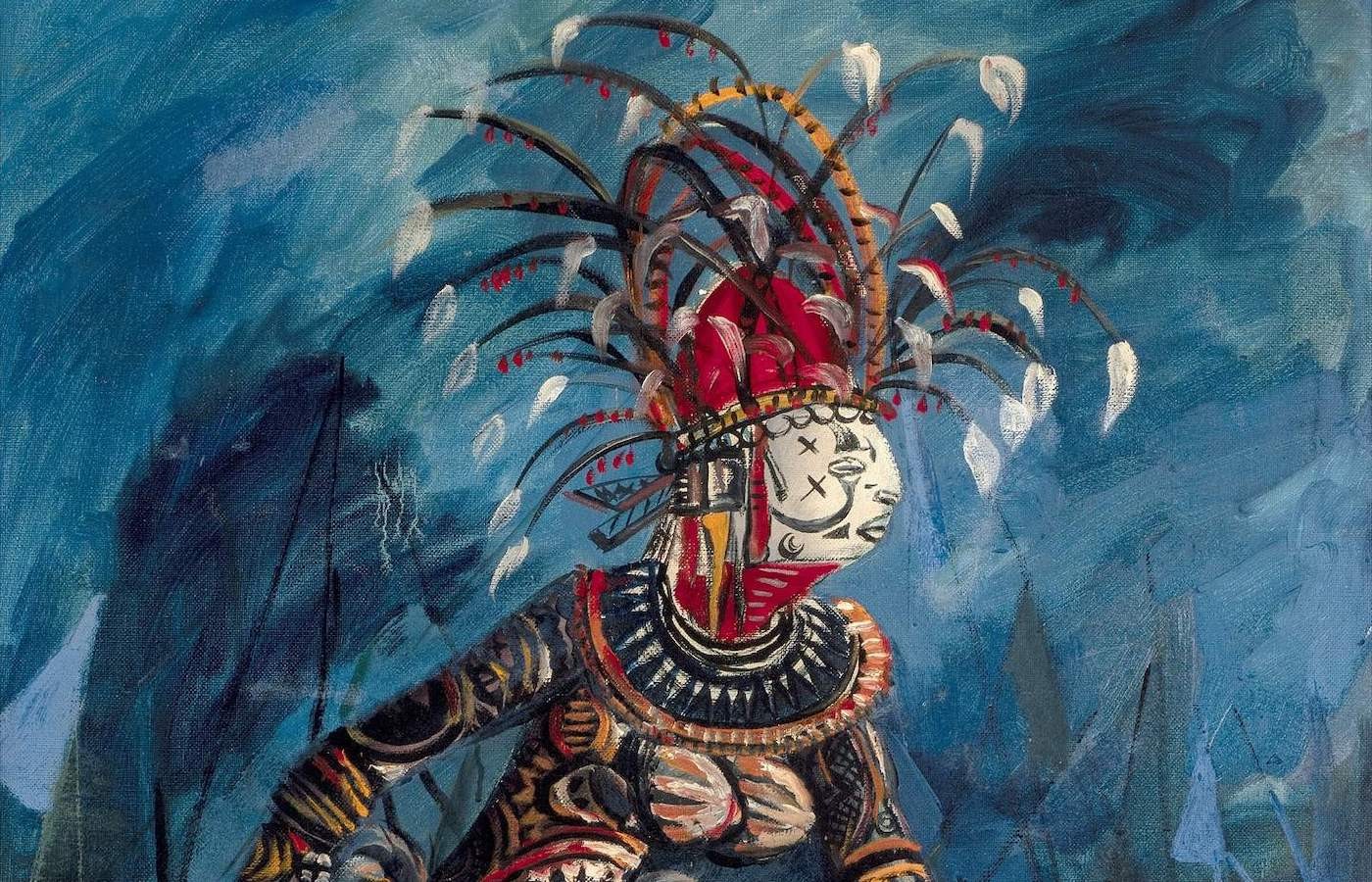
Nigerian Modernism – Group Show
Oct 8, 2025–May 10, 2026
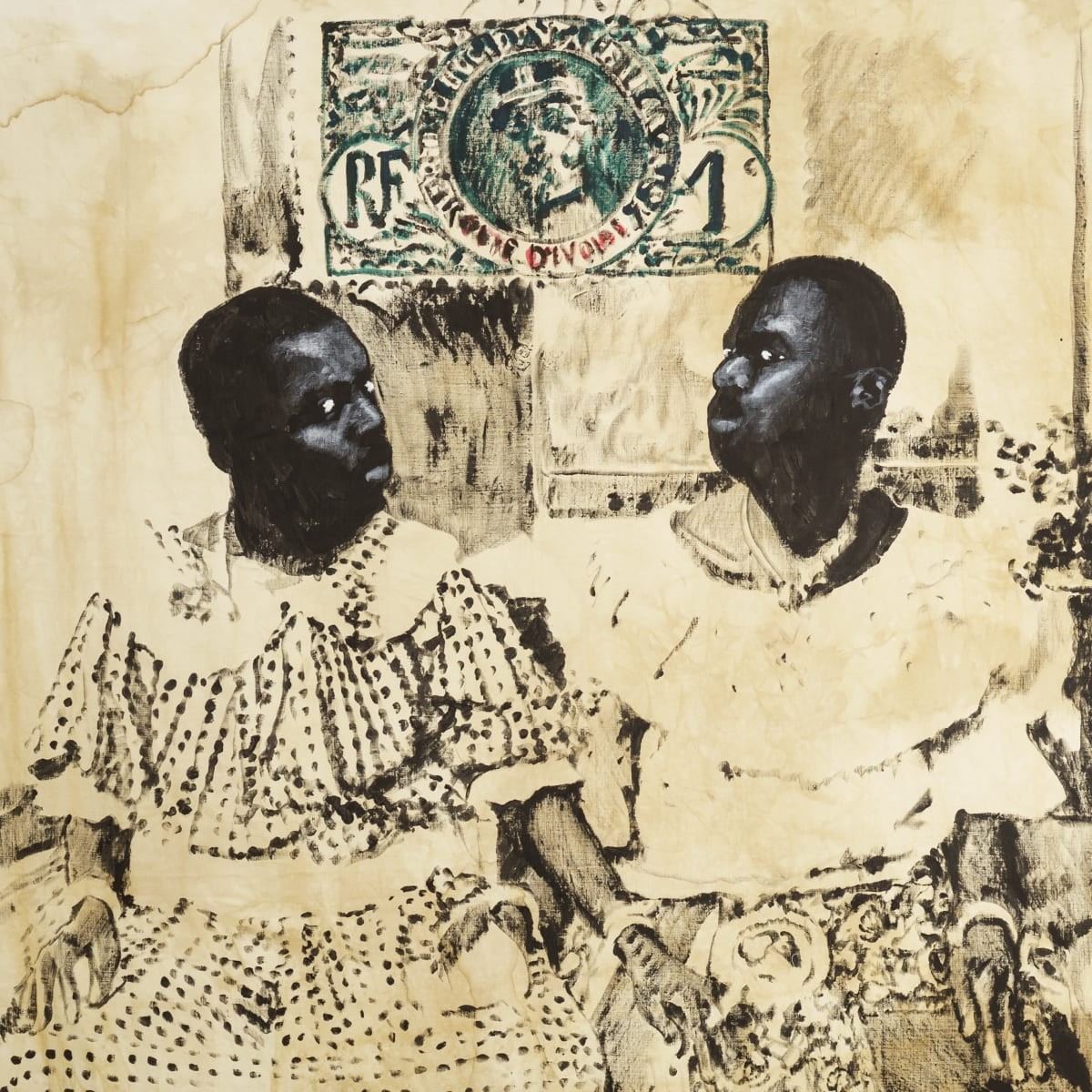
Roméo Mivekannin: Correspondances
Oct 2, 2025–Mar 21, 2026
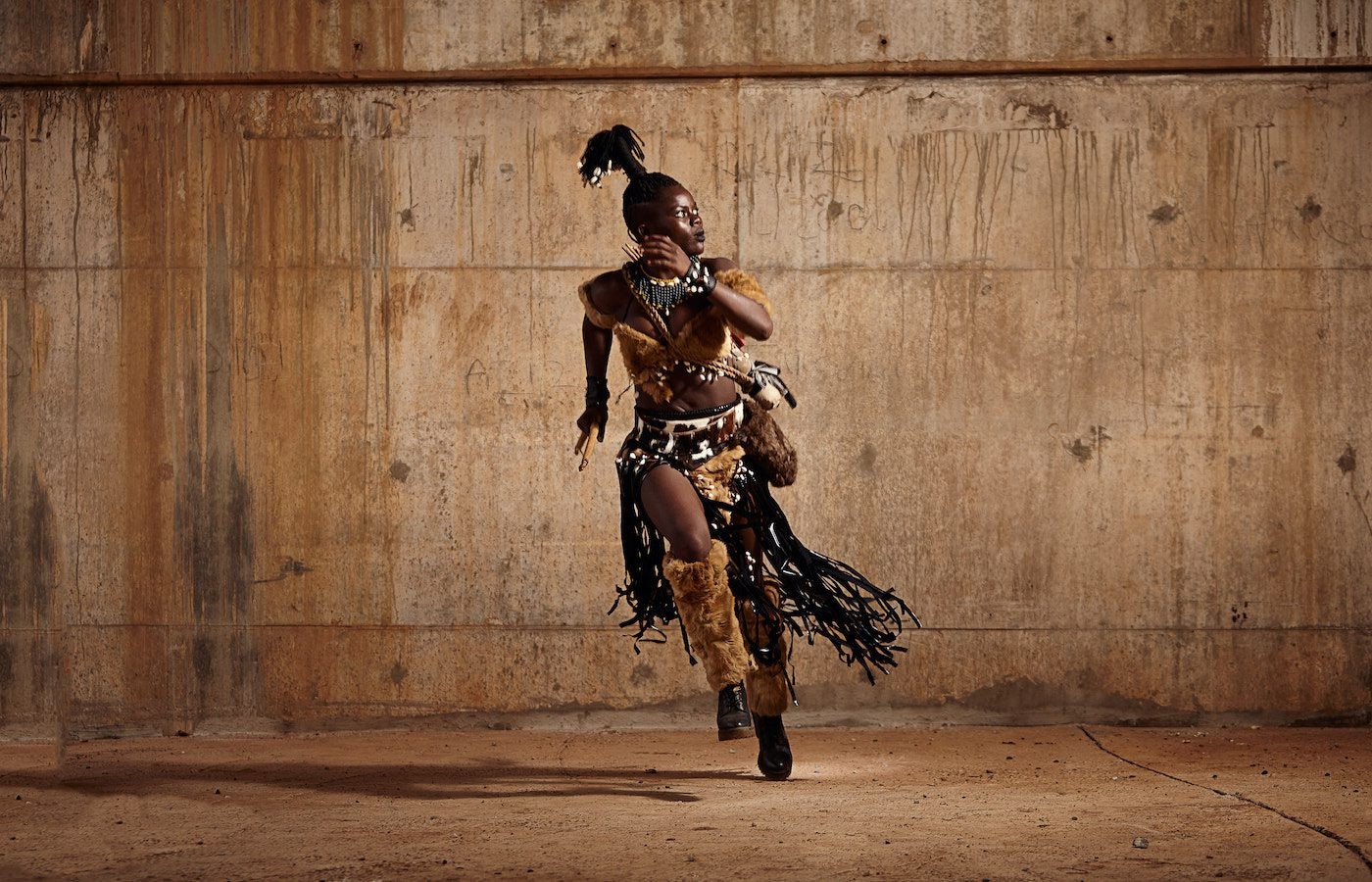
The Writing’s on the Wall (TWTW)
Sep 13, 2025–Mar 14, 2026
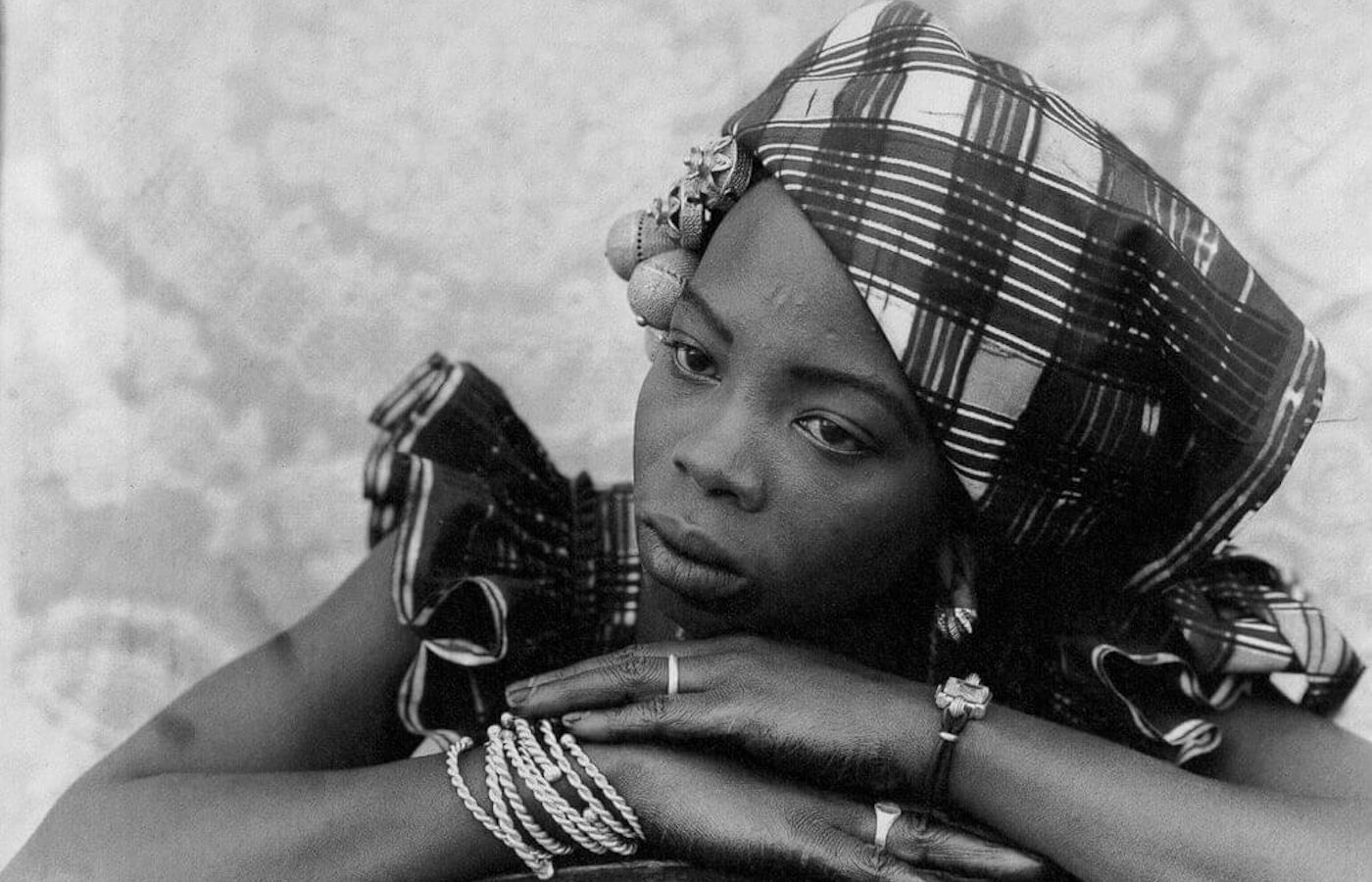
Seydou Keïta: A Tactile Lens
Oct 10, 2025–Mar 8, 2026
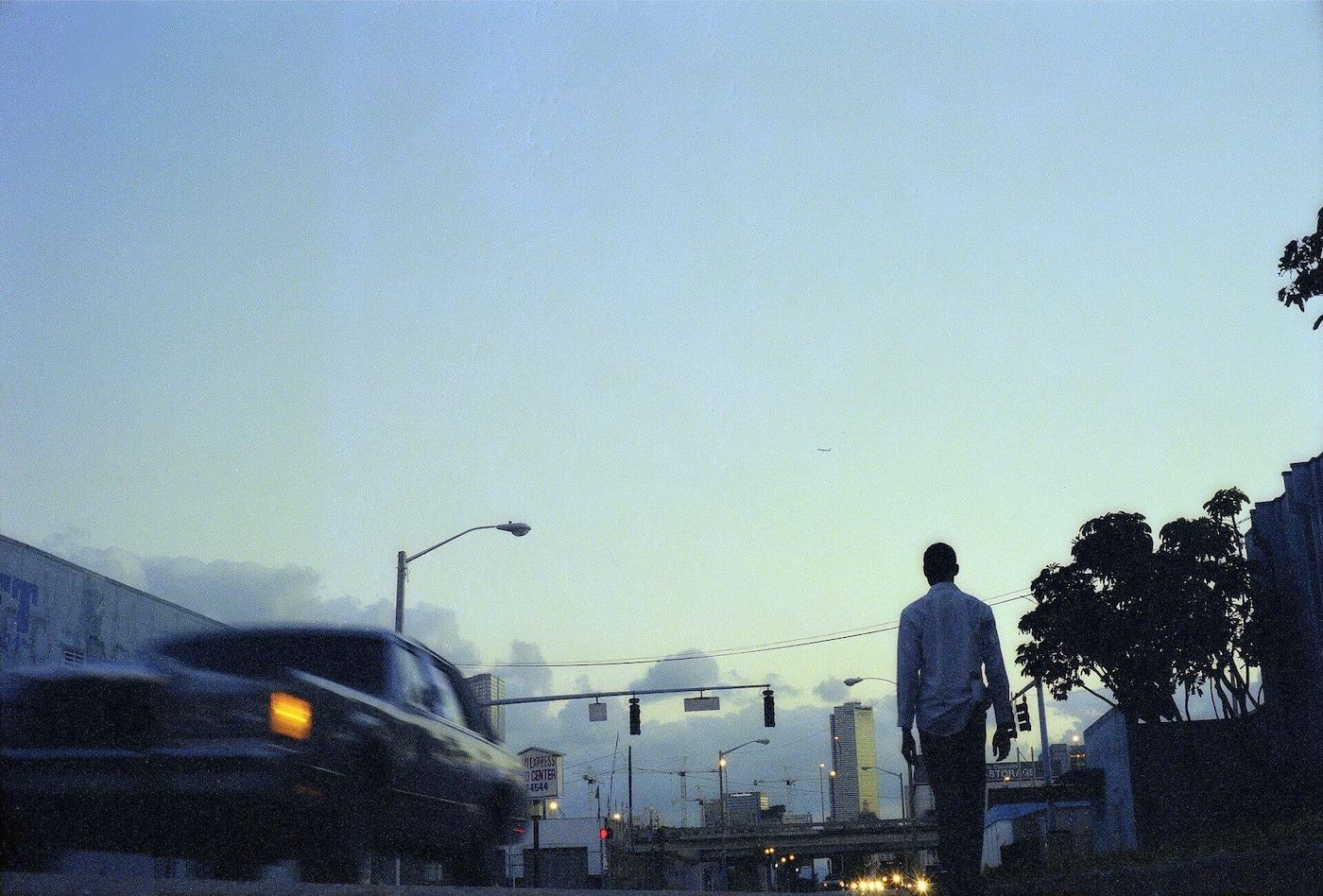
ECHO DELAY REVERB: American Art and Francophone Thought – Group Show
Oct 22, 2025–Feb 15, 2026
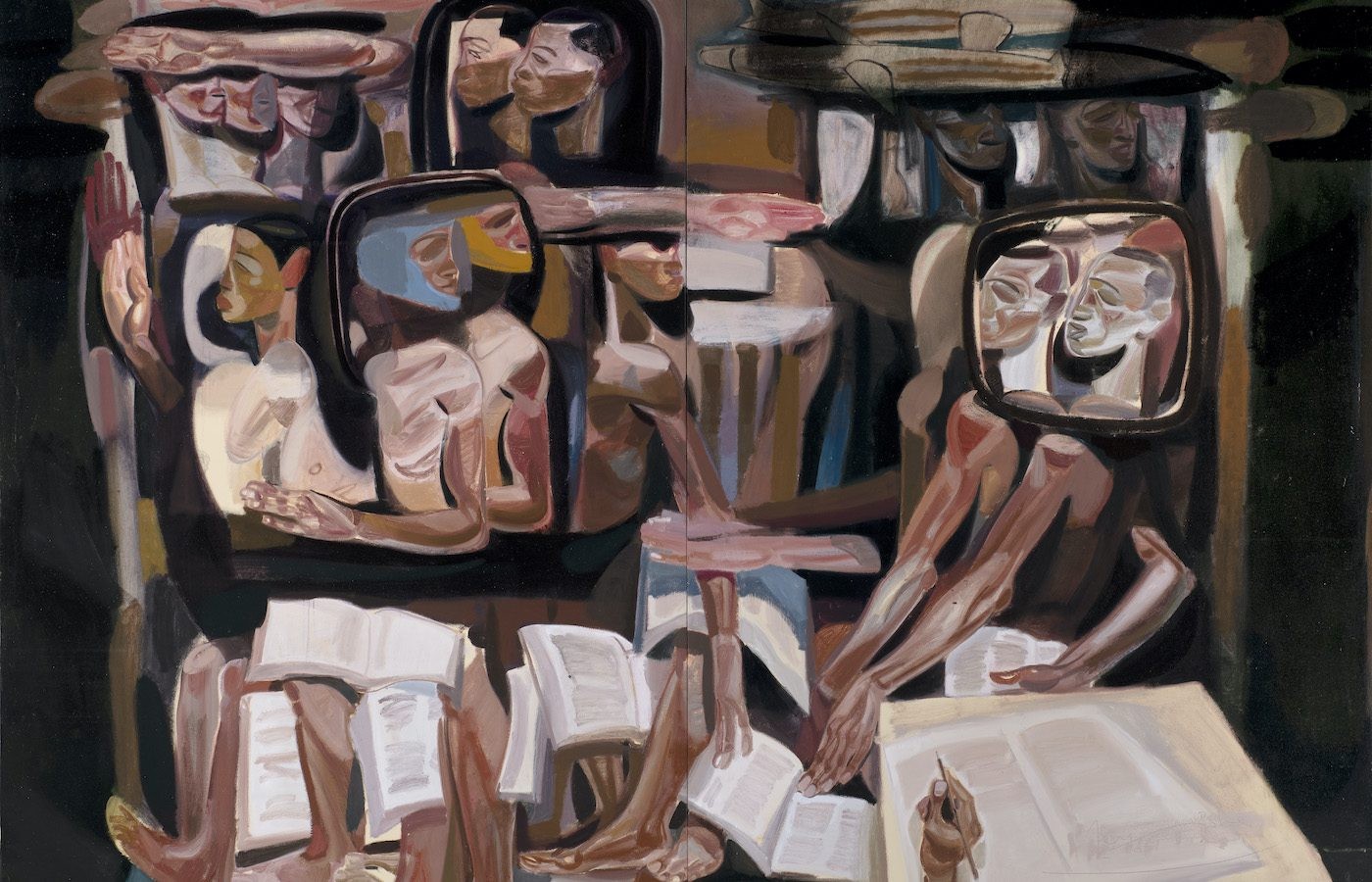
Tesfaye Urgessa: Roots of Resilience
Sep 20, 2025–Feb 15, 2026